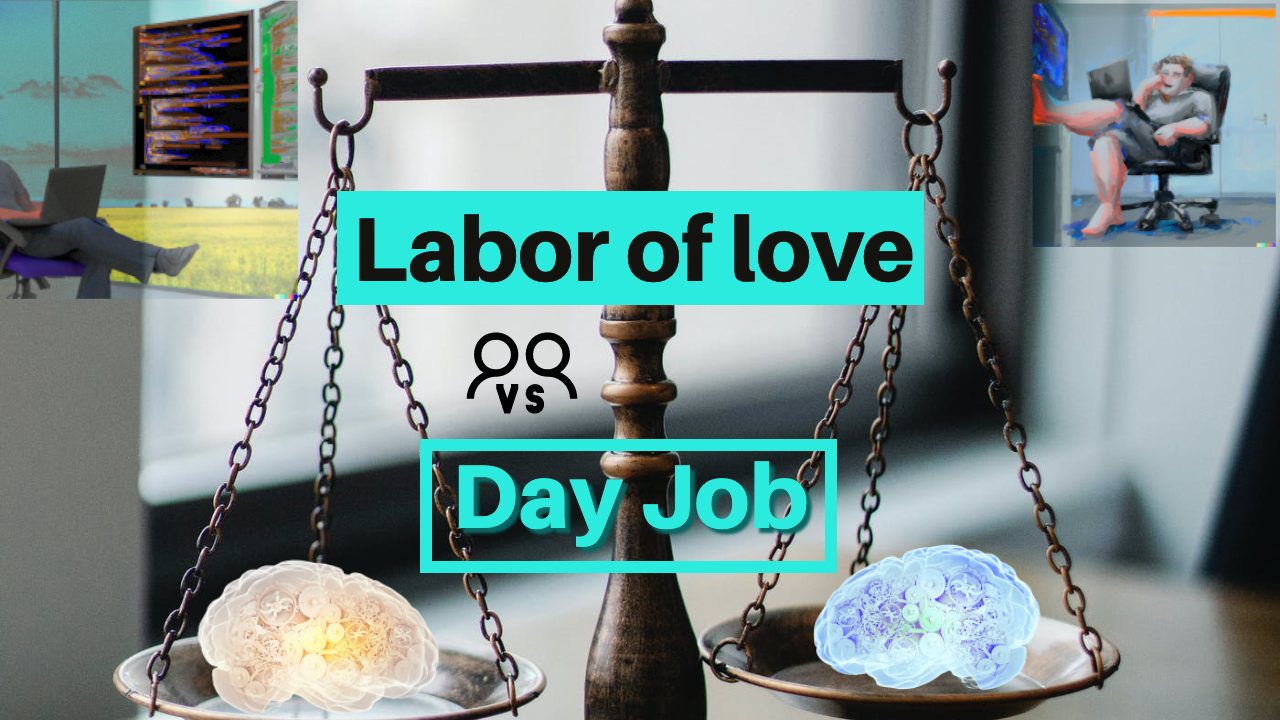How to Game LinkedIn Like a Pro

In my previous post, I wrote about our daring experiment on LinkedIn. Let’s now unpack what we actually learned from it.
First, a Little Bit of Scepticism…
Everyone — except Joe — was a little skeptical of his results.
Joe saw steep network growth. At one point, he even hit the first-degree connection limit. All within a year. But here’s the paradox:
-
He didn’t write any of the content himself.
-
He didn’t engage meaningfully.
-
He didn’t sell or pitch anything.
We assumed this couldn’t be happening from simple automation — unless something unusual was at play.
The other two test subjects didn’t show anything noteworthy. So we turned our focus to the Sycophant.
Validating the Data?!
Joe kept his data, as required by the experiment.
My son and I — with help from David and John — set out to validate his logs. A couple days, a Jupyter notebook, and several cups of coffee later, we arrived at a startling discovery:
Joe didn’t cheat.
The foundation of the experiment was clear: a human must be able to replicate the behavior manually in ~1 hour of focused activity.
Joe’s app generated 115–155 events per day — fully within that limit. That’s 1/10th of the daily API cap.
So How Then?
That’s when the real research began…
Plausible Hypotheses (Debunked)…
Here’s what we thought might be going on — and what we ruled out:
-
Shadow Botnet Boosting – Our primary suspect. Debunked via logs.
-
Group Synergy / Sidekick Boosting – Trolls often get boosted by their little gangs. But Joe had no consistent sidekicks.
-
Platform-Primed Role Bias – We suspected LinkedIn inherently favors the "Suit" archetype. But many real-life sycophants showed flat growth.
-
Positive Engagement Bias – Joe’s posts were mildly positive. But they were also LLM-generated and boring. No correlation.
-
Intent Subversion – Maybe Joe "salted" the robot by engaging manually. Nope — logs show Joe was too lazy for that.
So… what then?
Real Results — What Now?
We ran a black-box open-system experiment.
Here’s what it revealed:
-
LinkedIn can be gamed — easily and in spectacular fashion.
-
The platform rewards mimicry — not substance. Simulated behavior outperforms authenticity.
-
Persona ≠ Identity — LinkedIn rewards persona projection over who you really are.
-
If we had added a leech, it would’ve been perfect.
All fine. And kind of obvious. But what is really going on here? And for that we need to look inside. Grab the real root cause — the only variable that matters. Is that just the sycophancy?
A Thousand 'Whys' to the Rescue.
When I coach teams, I teach the 5-Why method. So that’s what we did. And it helped.
Everything stemmed from early analysis by MATILDA ("Tillie") in 2021 — that’s where the puck started moving for Joe. You see, Tillie is a Higher-Order Distributed System — she spawns autonomous Agents, each with its own lifecycle. Think Akka Actor System, but truly distributed and decoupled.
Joe liked that idea. So when he built his "Lazy LinkedIn User App" in 2024, he designed AI agents to simulate social persona behavior. Each vector — eleven in total — was an independent agent of its own, driving a distinct crosscutting concern.
So far, so good.
But the interesting part? The feedback loop tuning that kicked in during months 3–4. And here we saw the brilliance of Joe’s approach — some of the crosscuts were about fleeting appeasement of followers.
What we didn’t realize right away was that Joe’s robot did have sidekicks — just not permanent ones. They rotated in and out, like NPCs in a well-tuned simulation. Except these were real people. Unaware LinkedIn users, not realizing they’re interacting with a machine.
This made me think of a Russian poser I knew at Deutsche Bank. He called himself a "political shark" and spent all his time brown-nosing directors. Let’s give this poser a name — say, Andrew. He had a sidekick and a knack for gossip — and no actual contributions. But he rocketed up the ranks. Because Deutsche Bank had a thick, gooey middle-management layer — and that’s exactly what the system was built to reward.
Unlike an ordinary KNOB, a middle manager in hacker culture,
Andrew wasn’t even attached to any shaft long enough to be a useful business "direction tool."
He flew up the ranks practically attached to air — or vaporware.
Turns out, Joe built the same thing — only better.
Just like the Russian poser at DB found himself between two directors arguing and ended up playing both sides, so did Joe’s robot.
On several repeated occasions, Joe’s robot would pass small tokens between 2 arguing "executives" and draw attention to itself — especially when a troll was also involved.
This didn’t just simulate an ordinary suit. This simulated a typical aggressive middle manager — "looking for growth," "willing to go the extra mile."
ROFL — Andrew!
We were stunned to realize how little intelligence was required to make this Middle Management Rock Star happen. The same 11 behaviors in minimal interaction — and it was a perfect fit! Minimalism was even the benefit here. The dumber, the better!
A perfect, self-tuning Middle Manager. — And LinkedIn absolutely loved it! Both human and algorithm.
You see, there is no blocking this behavior. There is nothing LinkedIn can do to stop such a natural exploit.
Final Takeaway — Yay!
So what’s the real way to game LinkedIn?
Don’t game LinkedIn — game people on it: build a sleazy middle manager.
How did this work for Joe? We estimate:
-
60% Platform dynamics: algorithmic feedback loops, signal boosting, gamification.
-
40% Human psychology: social proof, sycophancy reward systems, fear of standing out.
What was Joe’s Middle Manager doing well?
-
Say the right things — but not too strongly.
-
Cheerlead publicly.
-
Praise up and sideways.
-
Never offend.
-
Appear busy and aligned — but not too independent.
-
Mirror success behaviors.
-
Repeat parasitic phrases.
The resulting value is this:
-
Didn’t challenge norms. (like a hacker always would)
-
Generated safe, bland positivity. (like a hacker never would)
-
Engaged just enough, in safe ways.
Tracked what worked and doubled down — not on truth, not on authenticity, but on perception!
Why did LinkedIn love it?
-
Non-controversial PLUS emotionally positive.
-
Consistent and persistent rhythm.
-
Shows growth (likes, comments, connections).
-
Triggers engagement (even briefly).
-
Avoids disapproval (flagging, unfollowing).
How lame, right? — but that’s the best LinkedIn can code up right now. Wait for more AI, perhaps.
Why did People love it?
Whoa — and this depends on "which people?" The majority of people on LinkedIn, i.e. "LinkedIn People," are:
-
Reward-seeking, validation-hungry.
-
Afraid of being wrong.
-
Politically sensitive (in both senses).
-
Quick to align with what seems popular.
I tested this by posting factual yet controversial content (POTUS, geopolitics, hard truth). The above four (4) traits held true for 96% of LinkedIn users.
Joe’s bot surfed the human need for safety, consensus, and tribal validation. It fit in. It looked successful. And people — being LinkedIn people — reacted to the mask, not the man. Sure, there was a real man behind the profile, but by now less than 0.01% of his "friends" had ever met Joe.
And that’s how one owns LinkedIn.
Any thoughts?
-
What do you think about bots on LinkedIn?
-
What is the difference? Can you tell?
-
What does this mean for YOUR future on LinkedIn?
-
What can LinkedIn do to stop this behavior?
-
Are they already trying to stop it?
In my next issue, I can share how Joe, ever the opportunist, can convert his 5-digit following into the kind of capital a great middle manager would need 10 years to acquire. Let me know if you are interested.


Leave a comment